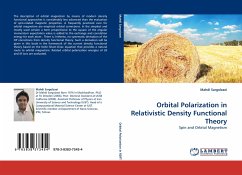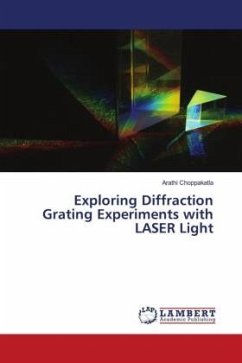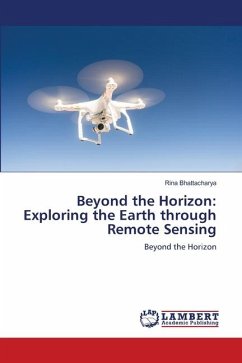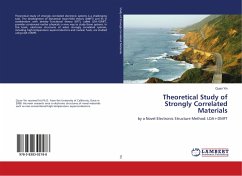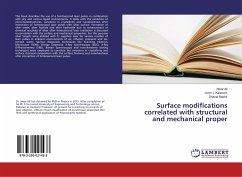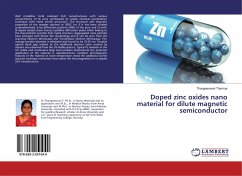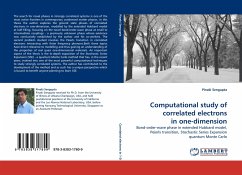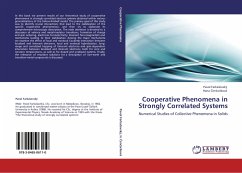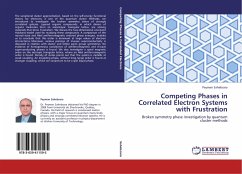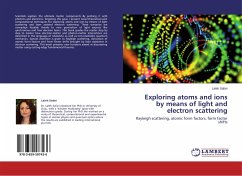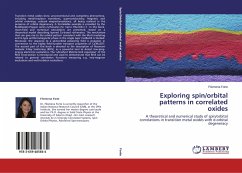
Exploring spin/orbital patterns in correlated oxides
A theoretical and numerical study of spin/orbital correlations in transition metal oxides with d-orbital degeneracy
Versandkostenfrei!
Versandfertig in 6-10 Tagen
34,99 €
inkl. MwSt.

PAYBACK Punkte
17 °P sammeln!
Transition metal oxides show unconventional and competing phenomena, including metal-insulator transitions, superconductivity, magnetic and orbital orderings, colossal magnetoresistance, all being realized in the presence of orbital degeneracy. A formidable example is provided by the Ruddlesden-Popper series ruthenates (Sr, Ca)n+1RunO3n+1. In this book, mean-field and numerical calculations are presented, based on a theoretical model describing layered Ca-based ruthenates. The mechanism that can give rise to the orbital pattern consistent with the Mott insulating and G-type antiferromagnetic p...
Transition metal oxides show unconventional and competing phenomena, including metal-insulator transitions, superconductivity, magnetic and orbital orderings, colossal magnetoresistance, all being realized in the presence of orbital degeneracy. A formidable example is provided by the Ruddlesden-Popper series ruthenates (Sr, Ca)n+1RunO3n+1. In this book, mean-field and numerical calculations are presented, based on a theoretical model describing layered Ca-based ruthenates. The mechanism that can give rise to the orbital pattern consistent with the Mott insulating and G-type antiferromagnetic phase in the single layer Ca2RuO4 is studied. Moreover, the response to a spin/orbital polarizing field is analyzed, in connection to the highly field-tunable transport properties of Ca3Ru2O7. The second part of this book is devoted to the description of Resonant Inelastic X-Ray Scattering (RIXS), as a powerful tool to detect low-lying-energy electronic excitations. The 'ultrashort lifetime limit expansion' of the RIXS cross-section is introduced and used to demonstrate that RIXS can be related to general correlation functions measuring e.g. two-magnon excitations and multi-orbiton excitations.



